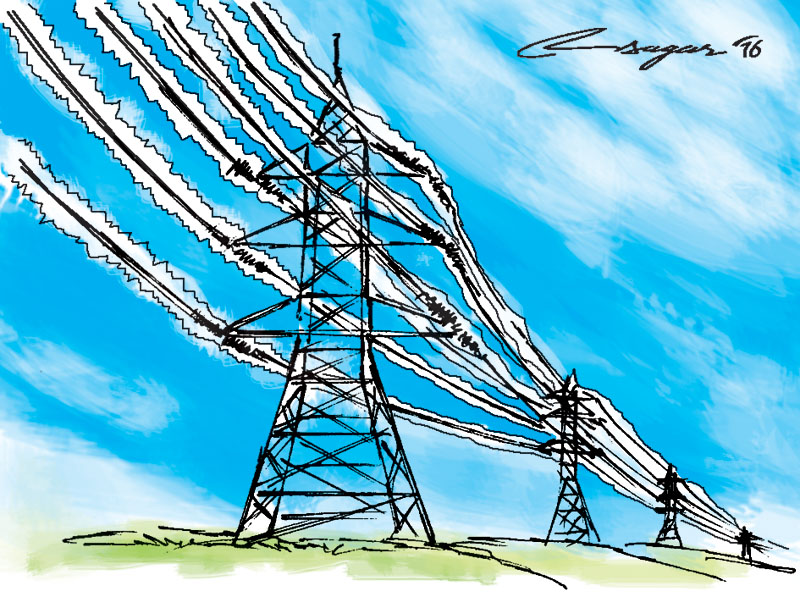32 MW electricity could go to waste: AEPC
Kathmandu, June 3
The government had launched a campaign to provide electricity to all households across the nation by connecting them to the national grid within five years through the budget of the current fiscal year. However, the Alternative Energy Promotion Centre (AEPC), under the Ministry of Energy, Water Resources and Irrigation (MoEWRI), has said that the campaign is likely to affect the mini hydropower projects that have been built in various locations.
The AEPC has stated that 32 megawatts of energy could go to waste if the government does not come up with a proper policy to connect the electricity generated by these mini projects to the national grid.
As per AEPC, a total of 1,811 mini hydro projects have already been constructed and have been generating 32.32 MW power. These projects have been providing energy to 328,368 households across the nation.
Moreover, there are 392 such projects under construction or in the planning phase with total installed capacity of 24 megawatts.
The MoEWRI has authorised AEPC to provide technical support to projects with capacity of up to 10 MW.
Meanwhile, the centre has also been delegated the responsibility to provide subsidy to projects, including solar photovoltaic, solar thermal, biomass energy, wind energy, bio-fuel, biogas, mini/micro hydro projects of up to one megawatt.
Madhusudan Adhikari, executive director of AEPC, said that due to lack of proper guidelines, it has become difficult to address issues related to micro/mini hydropower projects.
“The government needs to formulate a new policy to manage micro/mini hydropower and other AEPC-backed projects,” he said, adding failure to do so on time could result in a huge amount of money that locals have invested in such projects to go to waste.
Adhikari further mentioned that the projects that have been backed by AEPC have been built as per 80:20 per cent investment ratio, whereby the centre invests 80 per cent of the total investment and the locals provide the remaining investment. “There are only a few projects that have been fully funded by AEPC.”
Dinesh Kumar Ghimire, secretary at MoEWRI, said the issue will soon be settled through the Electricity Act.
He informed that the government is doing homework to find a proper solution to the problem.
As per an official of Nepal Electricity Authority, before the mini/micro projects are connected to the national grid, they need to sign a power purchase agreement (PPA) with the power utility and the per unit rate of the electricity needs to be fixed by the government, which is a lengthy process.
“The issue can be settled only by the Electricity Regulatory Commission,” he added.
“But the government has not yet formulated any proper guideline to settle the issue and only after it gives a go-ahead can we connect the electricity to the national grid.”
This basically means that the energy generated by mini/micro projects will go to waste if not connected to national grid on time, as households will receive their power needs from national grid instead of such projects.
Meanwhile, NEA has accelerated the expansion work of transmission lines across the country under its ambitious programme to provide access to electricity to every household by the next four years.
As per the government, nearly 90 per cent of the population has access to electricity in Nepal.






